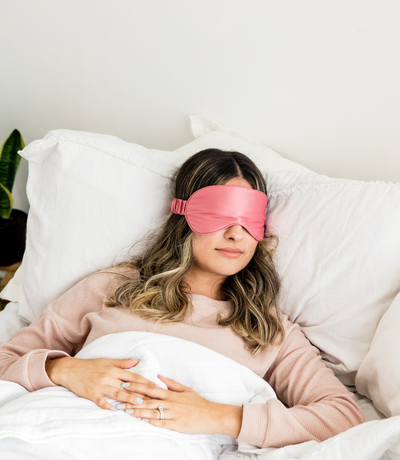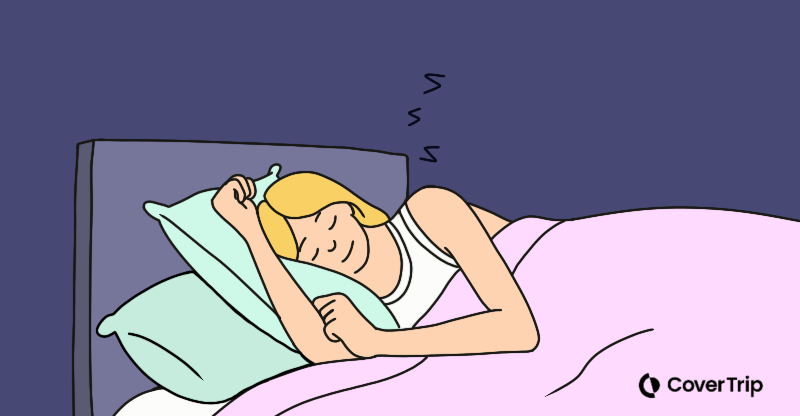Hotel room hacks for great sleep
3 October 2022
Poor sleep in hotel rooms, or any new place for that matter, is a well documented phenomenon with roots in human evolution.
A sleep study published in 2016 in the Current Biology journal explains what’s known as the ‘first-night effect’. According to Dr. Masako Tamaki, a professor at Brown University, when a person tries to sleep in a new environment, the brain interferes. Essentially, it goes into a kind of alert mode to monitor the new environment for safety.
This is why in sleep studies, the first night’s data is typically useless. Patients simply can’t get to sleep the first night. The same is true when you travel.
If you add jet lag, crossing multiple time zones, or any kind of light or noise to the mix, you’ve got a recipe for terrible sleep—and not just for the first night. If you’re changing rooms or hotels every few days, the end result could be significant sleep deprivation. Not the kind of rest and relaxation you were probably hoping for on vacation.
So how do you hack your hotel room and create an environment that ensures the best sleep possible? Read on to find out.

Address noise issues before you settle in
Hotels should be designed for sleep, right? After all, they’re in the business of helping people get to sleep. Well, sure. In theory. They’re also places where travelers can party and enjoy themselves loudly.
When noise could interfere with your ability to sleep, it needs to be addressed quickly.
The first thing to consider is the location of your hotel room. Requesting a room that’s away from noises like elevators or street noise is important. If you give the hotel a call the morning before you arrive, you can nicely ask for their help choosing a room that’s quieter.
Once you’re settled in, if there are any annoying noises, you can use these tools: earplugs and ambient noise apps.
Cool down the room
You may not think immediately about the room temperature affecting sleep, but cooler rooms are better for sleep. Some of the benefits of sleeping in a cool room are:
- You fall asleep quickly
- Your sleep quality is improved
- Melatonin levels stabilize
The first thing to do when you get into your hotel room is to cool it down.
Set the temperature around 65 degrees (between 60 and 67 is ideal for adults). Dig the extra blanket out of the closet, or call down to ask for one.
If you are traveling with an infant, you may want to adjust the temperature a little higher (68 or so) and put them in warm jammies before bed.
Create complete darkness
Now that you’ve got things quiet and cool, it’s time to address light issues. I need complete darkness to sleep—at home and anywhere else.
If you’re like me, and need total darkness to sleep, here are some cool hacks to make sure the room is dark enough:
- If there’s light coming through a gap in between the curtains, use one or two of the pants hangers (the ones with two clips) in the closet to clip the curtains closed.
- If there’s light coming under the door, roll up a towel and place it at the foot of the door to block the light.
- If there is an alarm clock, unplug it to shut off that source of light. You’ll use your phone as an alarm anyway, right? Or cover it with a pillow or shirt if you can’t unplug it.
Pro tip: invest in a soft and comfortable eye mask. It will be helpful in hotels and also on airplanes.
The key to sleep: simulate a sleep environment that works
Pay attention to what works to help you sleep at home. Whether it’s the scent of lavender on your pillow, or following a specific order of tasks like brushing teeth, washing face, then reading. If you normally sleep with ambient noise at home, bring that with you when you travel.
Doing the same things, smelling the same scents, hearing the same sounds can make the environment feel familiar and help you sleep.
Related topics
Damian Tysdal is the founder of CoverTrip, and is a licensed agent for travel insurance (MA 1883287). He believes travel insurance should be easier to understand, and started the first travel insurance blog in 2006.
